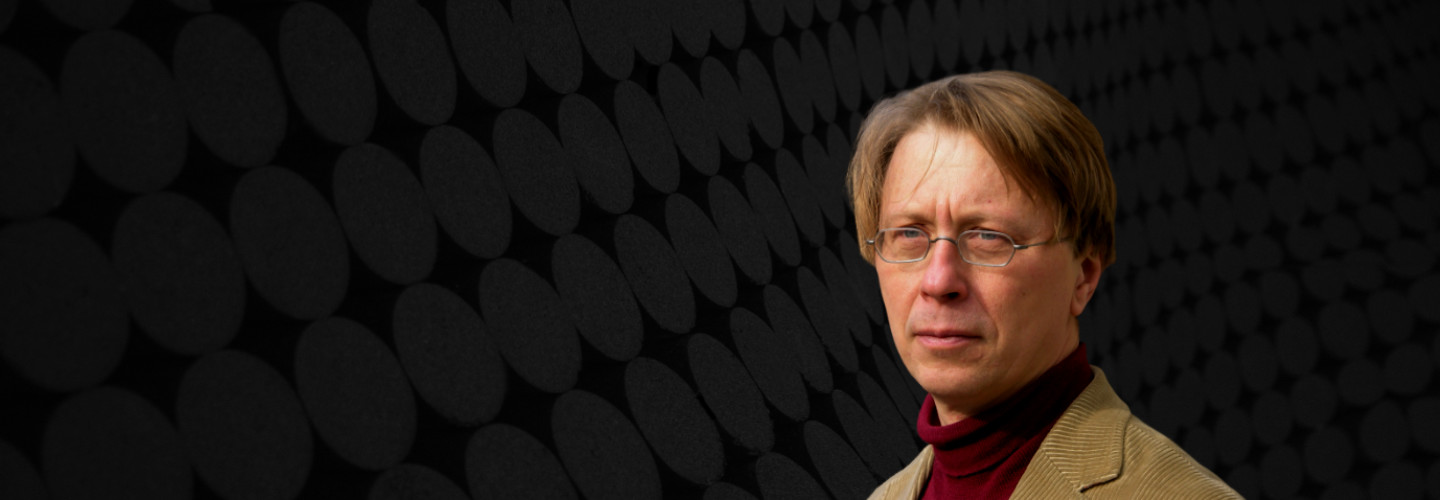

Georg Friedrich Haas
das kleine ICH BIN ICH
Short instrumentation: 1 1 2 1 - 1 1 1 1 - sax(2), perc, hp, acc, vln(3), vla(2), vc(4), cb(2)
Duration: 40'
Text von: Mira Lobe
Dedication: für meine Tochter Sarah
Instrumentation details:
flute (+picc)
oboe (+c.a)
1st clarinet in Bb
2nd clarinet in Bb (+bass cl)
1st soprano saxophone in Bb (+bar.sax(Eb))
2nd soprano saxophone in Bb (+t.sax(Bb))
bassoon (+cbsn)
horn in F
trumpet in C
trombone
tuba
percussion
harp
accordion
1st violin
2nd violin
3rd violin
1st viola
2nd viola
1st violoncello
2nd violoncello
3rd violoncello
4th violoncello
1st double bass
2nd double bass
Haas - das kleine ICH BIN ICH for chamber ensemble and speaker
Translation, reprints and more

Georg Friedrich Haas
Haas: das kleine ICH BIN ICHOrchestration: für Kammerensemble und Sprechstimme
Type: Studienpartitur (Sonderanfertigung)
Language: Deutsch
Sample pages
Work introduction
Mira Lobe’s das kleine Ich bin Ich is a great work of art. Not only is the content ingenious in its simplicity, clarity and moral aspiration; the linguistic art is highly sophisticated. What Mira Lobe makes out of rhythm and rhyme, how she works with repetitions, how she builds up tension with changing verse lengths – it is all of impressive poetical virtuosity.
One example:
The oft-repeated phrase (quasi the text’s “refrain”) changes its meaning according to how it is stressed:
SINCE I am, I KNOW not who,
LOOKING there and LOOKING here,
LOOKING here and LOOKING there,
WANTING to know WHO I am.
becomes
Since I AM, I know not WHO,
Looking THERE and looking HERE,
Looking HERE and looking THERE,
Wanting to KNOW, who I AM.
Mira Lobe makes no compromises with language to make her easier to understand; “childlike” affectation is foreign to her, and she has no fear of occasionally using words which are likely not part of children’s vocabulary.
Nor does my music attempt to be “childlike;” I take young people seriously. I speak my language; I know that these young people are alert enough to understand it.
Each of the motifs in the text is represented by its own instrument:
the field of flowers by the flute,
the frog by the trumpet (initially muted, then finally open),
the mare and the foal by the baritone and tenor saxophone,
the fishes by the harp,
the mother hippopotamus by the bass tuba, her child by the horn,
the parrot by the bass clarinet,
the dogs by the English horn, clarinet and trombone,
and the large soap bubble by the contraforte (or contrabassoon).
When the little ICH BIN ICH recognises itself an overtone chord sounds in the orchestra for the first time; it remains (shifted in pitch) until the end.
My third marriage broke down several years ago; since then, my daughter Sarah has not been living with me and I rarely see her now.
When she was small, Das kleine Ich bin Ich was her favourite book; I was obliged to read it to her hundreds of times.
This piece is dedicated to her.
Georg Friedrich Haas
